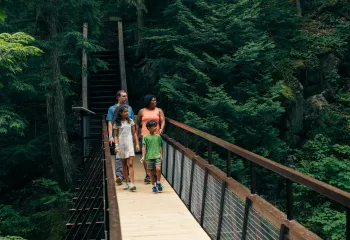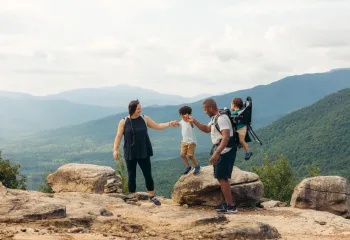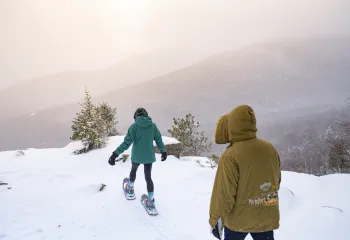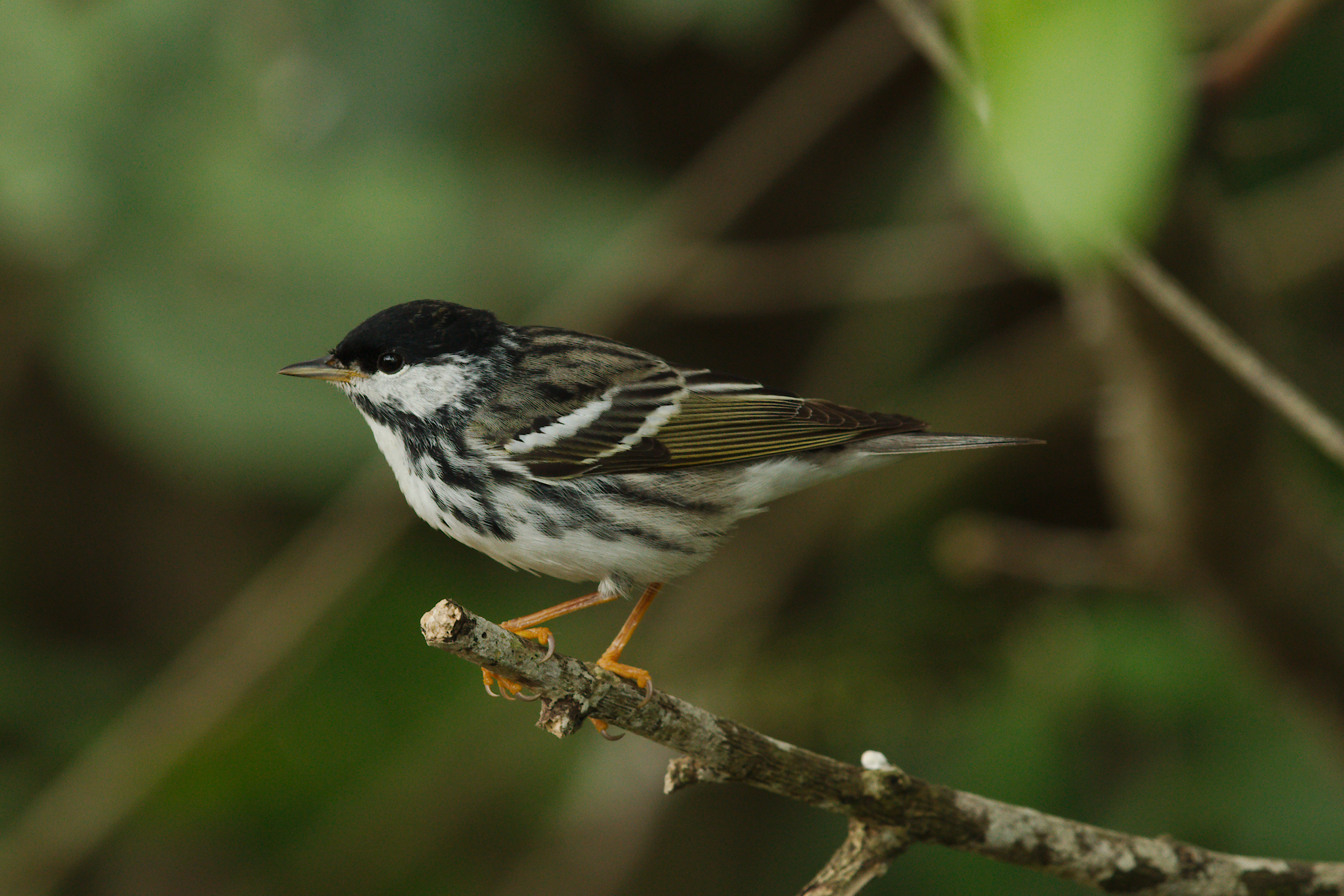
Time spent outdoors is the best way to inspire children’s interest in the flora and fauna of a region. Even if it doesn’t turn them into ornithologists or botanists, they will be left with fond memories and an appreciation for wildlife. We spent a great deal of time outdoors with our two sons as they were growing up. As a result, they are quite comfortable out in the wilderness and regularly hike, camp, paddle, and climb mountains as young adults.
Close-up Views!
Every child is different, but most children are middle school age before they can manage to use binoculars. For very young children, finding large birds they can see without binoculars is helpful. You can also hang bird feeders outside your home for close-up views. Many schools hang feeders outside classrooms and take part in the Cornell Lab of Ornithology’s “Project Feederwatch.” I have talked with countless birders over the years who trace their interest back to a feeder outside their home, taking part in Project Feederwatch in school, or holding a bird at a banding station before it is released – in other words, having a close experience with a bird!
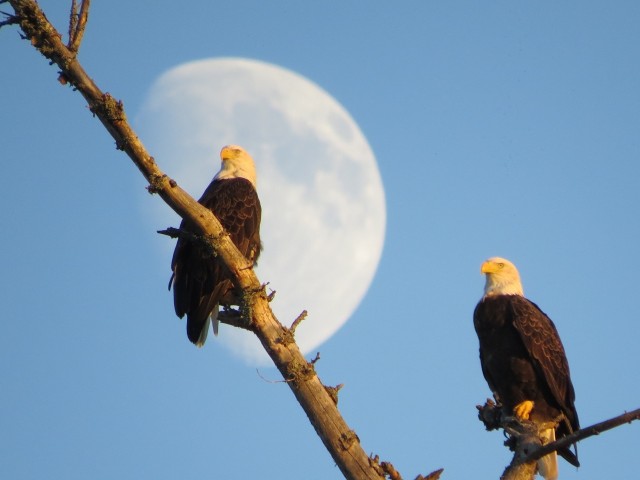
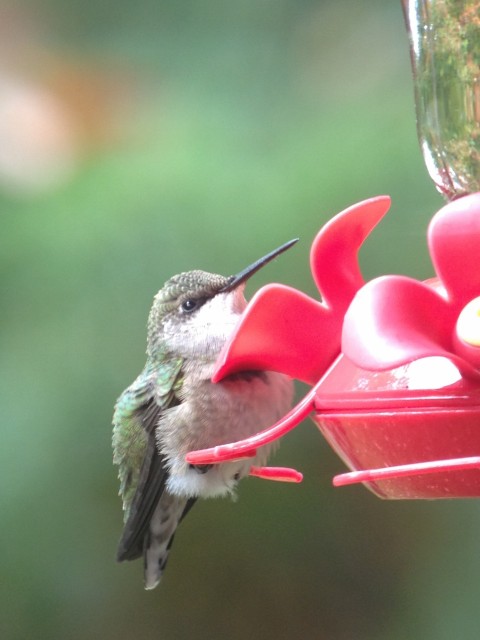
Over the years, I have had the pleasure of being out with several precocious young children. One young girl, who had just completed kindergarten, enjoyed drawing birds that she observed. So her mother brought along her pads of paper and colored pencils so she could sit down on the ground and draw the birds we were seeing! Another young boy who had just completed first grade came on an Audubon hike I was leading. He would look up all the birds we were hearing in his field guide (sometimes with his dad’s help) and show the photos to everyone on the walk! Parental encouragement for children’s interests is so important.
Whiteface Mountain
Bicknell’s thrush is a rare, elusive, and highly vulnerable species found at high elevations in New York, Vermont, New Hampshire, Maine, and a few locations in Canada. It is the northeast U.S.’s only endemic bird species. There are only two ways to drive into the thick balsam fir habitat to see Bicknell’s thrush: Whiteface Mountain in New York or Mount Washington in New Hampshire. Bicknell’s thrush returns in late May and migrates away in late September to early October — 90% of the population winter in the Dominican Republic and Haiti. This species is essentially a ground bird and only perches at the tops of dead snags when singing, making it quite a challenge to see. Older children might enjoy the challenge of seeing this rare bird, which attracts people from all over the world to our region.
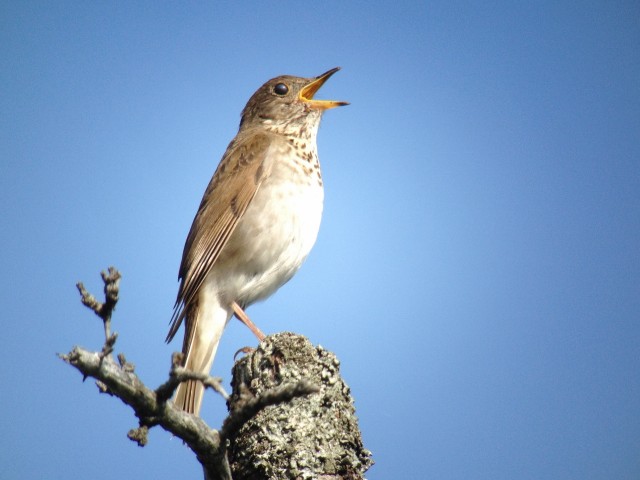
The other high elevation species found on Whiteface Mountain’s summit is the blackpoll warbler, a bird that sounds like an insect. It is a champion migrant that flies four days non-stop to South America in the fall! For a half-ounce bird, it is quite a remarkable journey. And there are many other bird species to see at the summit.
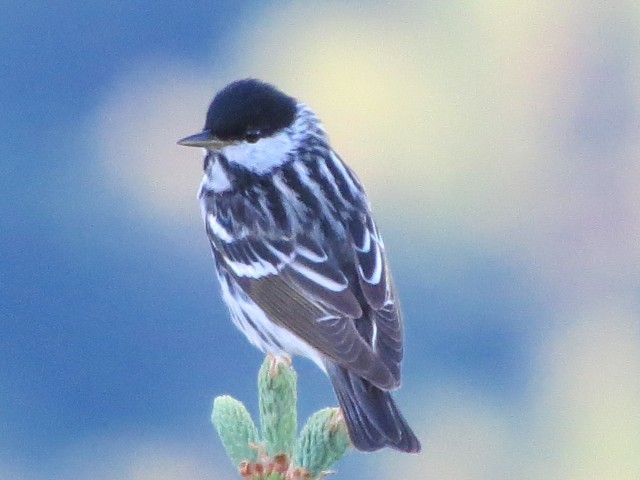
Of course, the views from Whiteface are breathtaking. Children also enjoy the mountain tunnel and elevator ride to the very top of the peak. I still marvel at the engineering feat it must have been to build the Whiteface Veterans Memorial Highway in the 1930s!
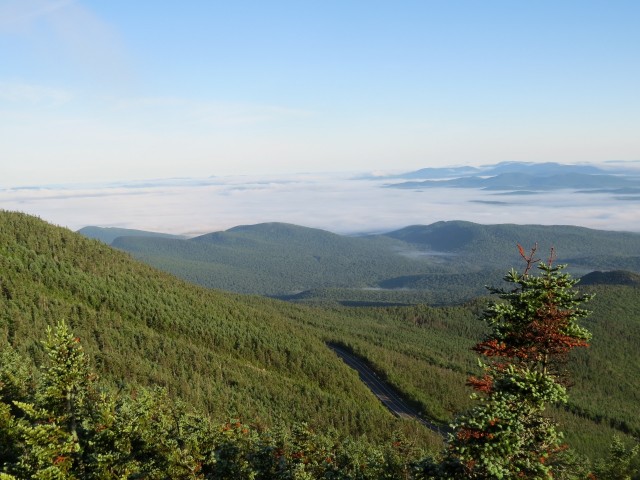
Silver Lake Bog
Another wonderful area to visit with children is Silver Lake Bog, a Nature Conservancy property in the town of Hawkeye, not far from Wilmington. This property has a half-mile boardwalk through a beautiful black spruce – tamarack bog and northern white cedar swamp. After the boardwalk ends, the trail continues as a dirt foot path for the next half mile, climbing to a 200 foot bluff with spectacular views overlooking Silver Lake. You can download a preserve guide from the Nature Conservancy website for detailed information about the flora and fauna on the property's 98 acres.
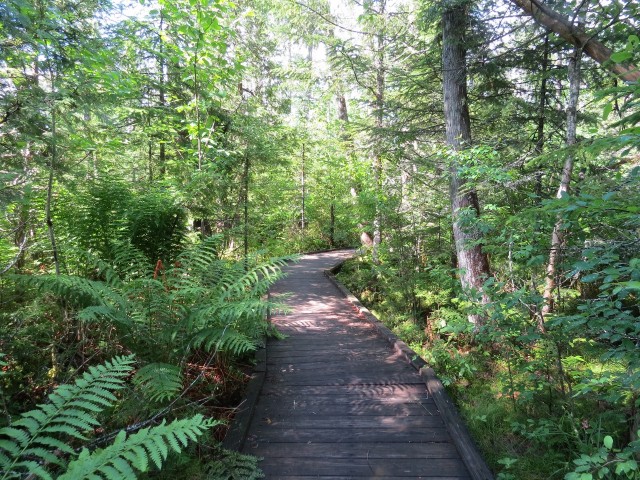
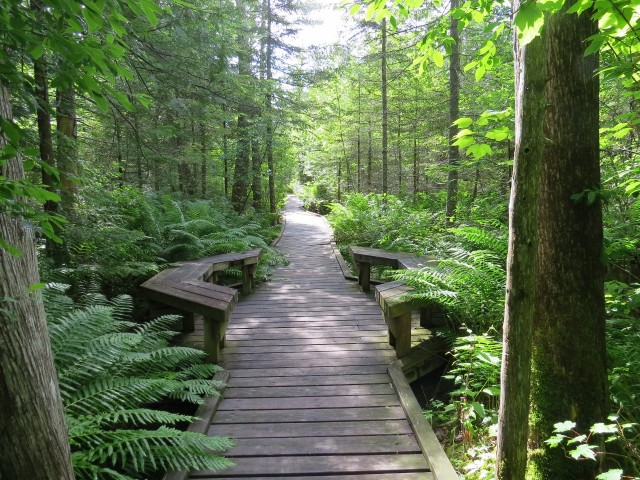
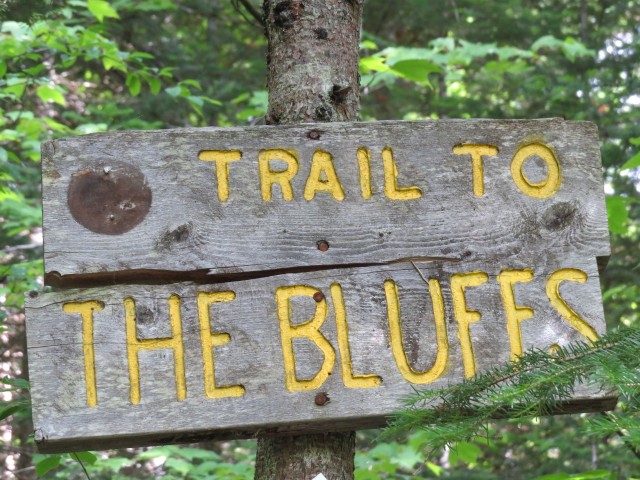
Silver Lake Bog attracts boreal species such as black-backed woodpecker, yellow-bellied flycatcher, olive-sided flycatcher, northern waterthrush, palm warbler, Canada warbler, and Lincoln’s sparrow. On a recent visit, I also heard red crossbills, a nomadic species that can nest at any time of year as long as there are plenty of cone seeds available. The cone crop is excellent on most coniferous species this summer. I am hearing red crossbills on nearly every outing – a sign that it will also be an exciting winter for irruptive finches this year!
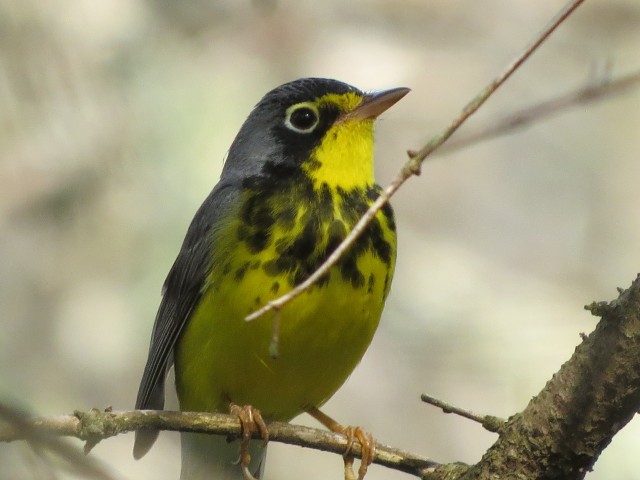
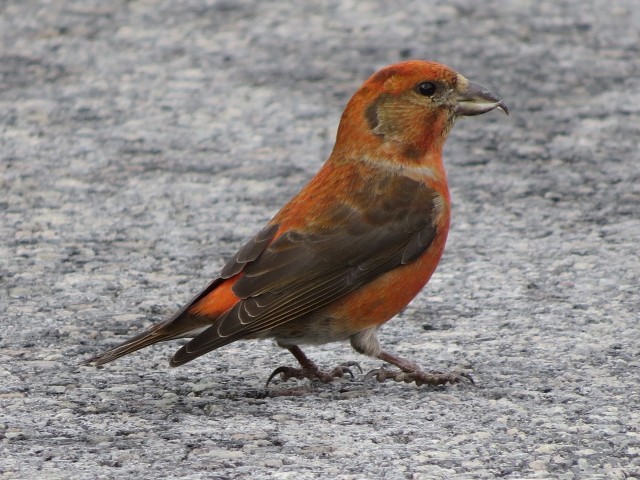
The plants along the boardwalk at Silver Lake Bog are fascinating! Children can learn about bog plants such as Labrador tea and the carnivorous pitcher plant. There are lovely wildflowers such as sheep laurel and bunchberry, and ferns such as cinnamon fern.
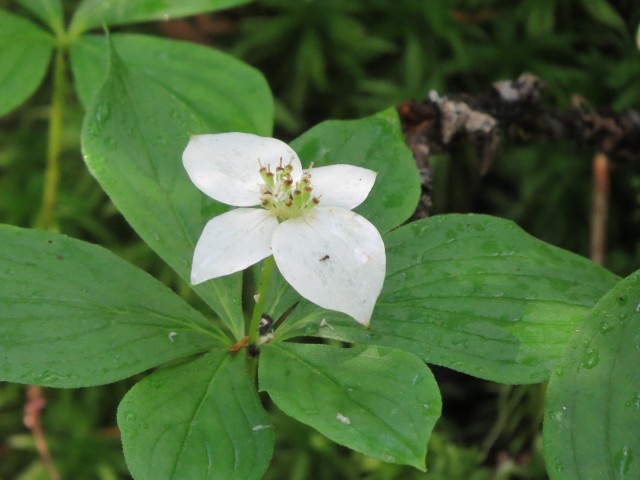
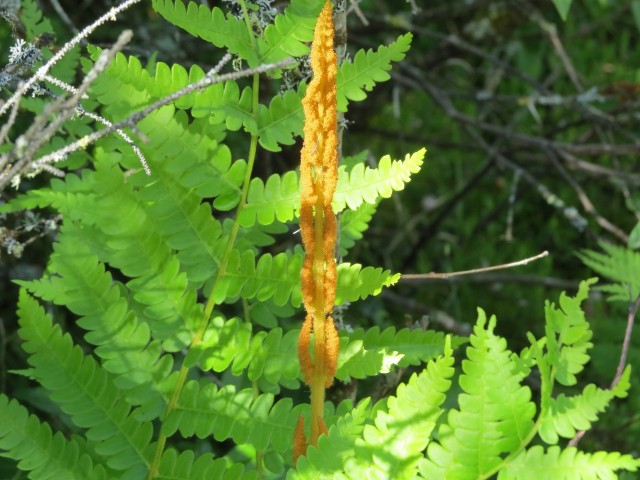
More on Birding with Children
Trips outdoors with children should be enjoyable. Bring plenty of food and water — and a treat for the destination is always helpful! Plan outings when your child is well rested, which is usually early in the day. Avoid inclement weather so the trip is not uncomfortable. Parents best know their child’s limits. Spending time outdoors with your children will foster an appreciation for the environment and wildlife that will hopefully last a lifetime. It will also create many fond memories for everyone!
Wilmington offers wonderful lodging and restaurant options if you plan to visit and go birding near Whiteface Mountain in this scenic area!

